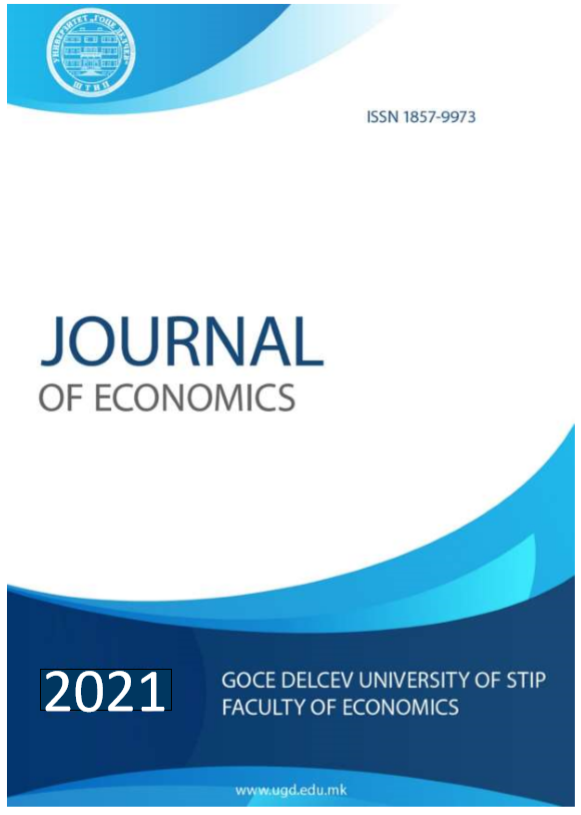Basic Time Series Models in Financial Forecasting
DOI:
https://doi.org/10.46763/JOE216.10076gKeywords:
Forecast, Time Series, Simple Moving Average (SMA), Weighted Moving Average (WMA), Cumulative Moving Average (CMA) and Exponential Moving Average (EMA).Abstract
Forecasting is inevitable process of modern day life. It is about predictions of the future based on a set of historical or present information and most commonly accompanied by analysis of trends. Forecasting employs different forecasting techniques depending on the source of information and the objective of forecast. The main interest of this article are the basic time series methods used in financial forecasting, in particular, simple moving average method, weighted moving average method and the exponential moving average method. A version of the simple moving average is the cumulative moving average, which is also presented in a short term. These are generally used to forecast time series without trend manifestation or seasonal component. The analysis of the forecasting methods include reviews of the basic forecasting concepts, suggestions for possible application and comparison of the featuring limitations.


